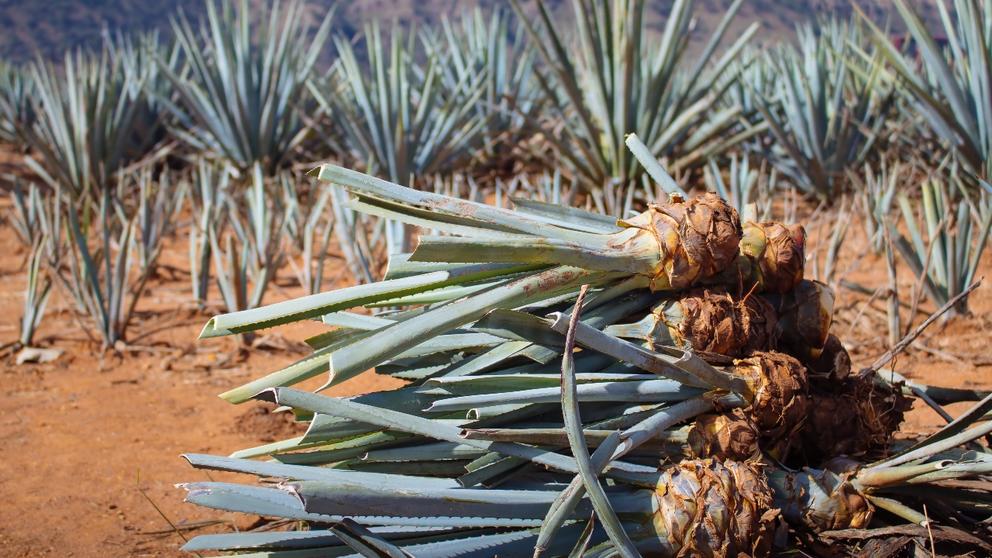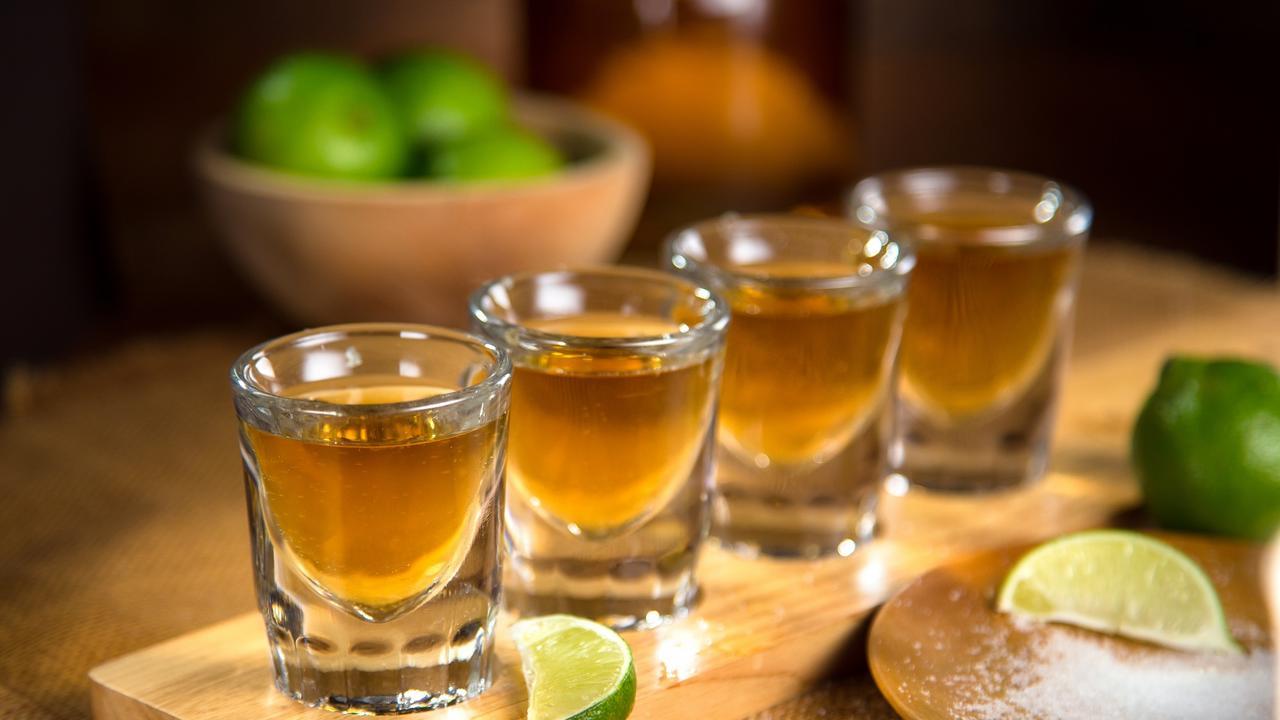The tequila-making process is a complex one that requires love, care and attention. It’s a well-honed craft that has been carefully developed by jimadores over hundreds of years.
Making Tequila
What is tequila made of? As you’ll know by now, it is made from blue agave, a succulent rather like a cactus although it looks more like aloe –a plant to which it is not closely related. Tequila production doesn’t require the whole plant; the leaves are discarded, leaving the heart or the piña. Once the blue agave is harvested by the jimador, its heart is cooked in a brick oven or stainless steel autoclave. Hot steam is then introduced into the oven so as to create a chemical reaction that converts complex carbohydrates into sugars that will be fermented to begin creating tequila. The cooking process also serves to soften the piña, making it easier to remove the sugars. Once cooked, the heads are removed for extraction and fermentation. Only once all of these steps have been completed will the distillation process begin.
Distillation: The fermented material is then placed into wooden vats or stainless steel distillation towers. Most types of tequila will undergo the fermentation process twice, and some are even distilled a third time. The first distillation is called deztrozamiento which translates as smashing; it takes just a few hours and returns an abv of about 20% (ordinario). The second distillation is called rectification, taking a further three or four hours. After this distillation, the abv rises to about 55%. This is the blanco or unaged tequila which can be bottled immediately after the second distillation.
Ageing: The length of the ageing process depends on what kind of tequila the producer is looking to make. Both types of non-blanco/silver tequila are aged. Reposado is aged for anything from a few months up to a year. The other type is anejo or vintage tequila which is aged between one and three years. If you ever see tequila with a label stating extra anejo, this means it has been aged for over three years.
Tequilas are aged in white oak barrels from France or the US that have previously have been used for ageing bourbon.
Bottling: After a few months or years, depending on the type of tequila, it is then bottled. Firstly, it is granted an appellation of origin status if it's grown in Jalisco. The rest must simply state that it was made in Mexico: hecho en Mexico.
What is the best-tasting tequila for shots? Typically, the sharpness of a blanco tequila is best for shots, however it ultimately comes down to personal preference. There is no hard and fast rule for cocktails and mixers either. Slammers and margaritas will usually recommend blanco but some resposados are preferred. The more aged a tequila is, the more flavour it has and the more likely the drinker will prefer it neat.
The Five Tequila Regions

The Mexican legalities of tequila production state that only five Mexican states may distil tequila. If it's produced outside of these states or in any other country, it can’t be called tequila. This is something that the U.S., Canada, Japan and the European Union have all agreed on.
Jalisco is the main tequila state; it is where the first Mexican tequila was distilled and is also home to its namesake, the town of Tequila. It is the only state that can claim appellation of origin and that can define the standards that must be met in order for a spirit to be classified as tequila. The blue agave can be grown anywhere in the state, but the volcanic soil around the city is preferred. The other four states are limited to where in the state they can grow blue agave. Their labelling states Hecho en Mexico which means Made in Mexico. Jalisco produces an astounding 80% of the blue agave that goes into tequila. Nayarit is the second largest producer but doesn’t even come close in numbers.

